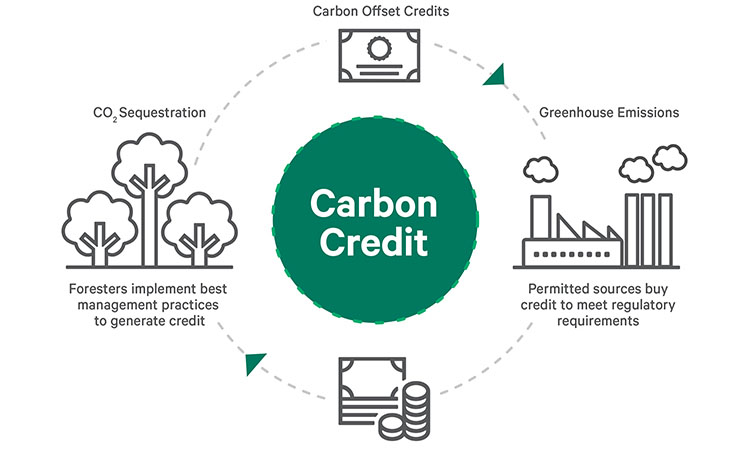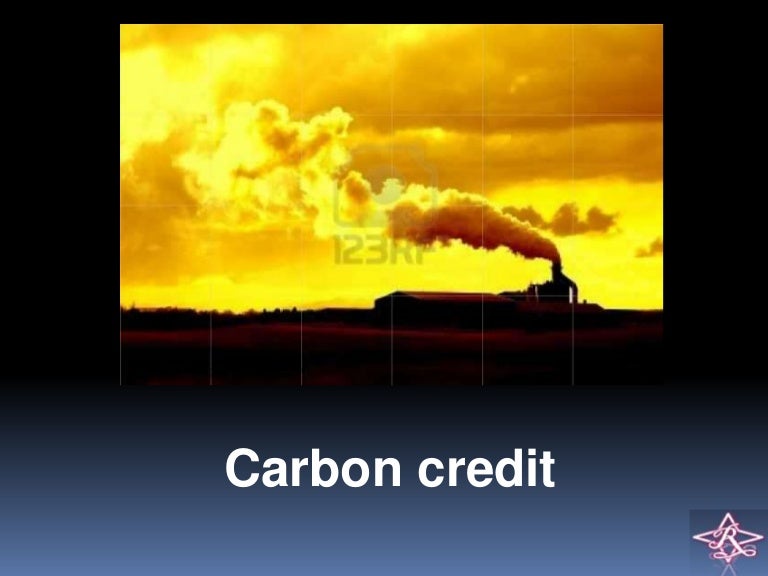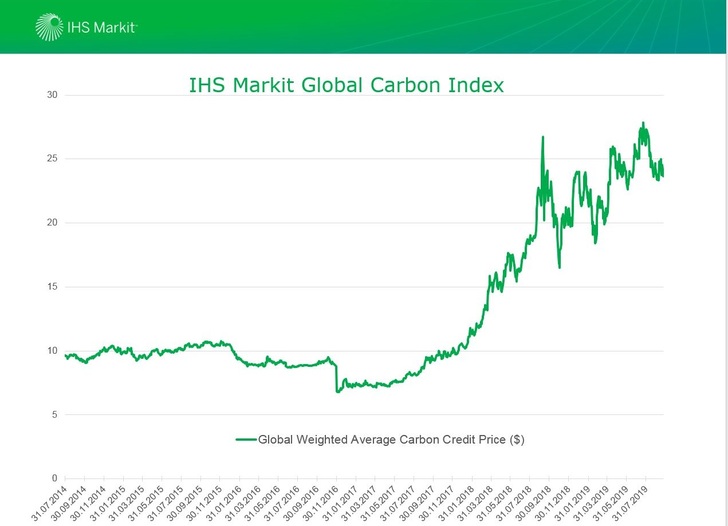

You should be looking out for some of the following logos and purchasing from an organisation that is a member of ICROA, upholding the rigorous standards for best practice. This ensures against double counting and that the credit can’t be sold or used more than once. When a business purchases a credit, this credit is issued, transferred and permanently retired in publicly accessible emissions registries.
#CARBON CREDITS SERIAL#
Use third party registries to retire and remove carbon credits used for offsetting – every credit will be signed a serial number, this ensures it is unique.An auditor will also carry out periodical visits to the project for ongoing audit. Projects will need to prove their credits meet the criteria and are subject to rigorous additionality tests and third-party auditing before being certified. Credits must be real, measurable, permanent, additional, independently verified and unique – members of ICROA commit to selling credits that are all of these things.

#CARBON CREDITS CODE#
Here is an introduction to the rest of the Code of Best Practice: This is a non-profit made up of leading carbon reduction and offset companies. This international best practice is set out and developed by the International Carbon Reduction & Offset Alliance (ICROA).

Reputable companies selling credits will be extremely passionate about genuine climate action by the best means possible. Offsetting shouldn’t be about discouraging emissions reductions, but a supportive exercise and sellers are required to encourage companies to set themselves ambitious targets for reduction. More often carbon credits are purchased as a part of a larger carbon strategy for emissions reduction.Īccording to international best practice, this is how it should be. Let’s not forget, cutting emissions, particularly across all Scopes, is a challenge. In our experience, offsetters are companies conscious of their emissions and trying to do something about it.

amongst CDP respondents) are also those who do more to reduce their own emissions. However, studies have shown that offsetters (e.g. Let’s first dispel the myth of green-washing. It represents carbon that has been avoided, reduced or sequestered through a project and can be purchased as a means of offsetting emissions elsewhere. Put very simply a carbon credit is a tradeable certificate that stands for one tonne of carbon dioxide (tCO2). However, there is more to offsetting than you might think and the rigorous practices and standards of high quality carbon credits provide more assurance that outcomes are, not only measurable and verified, but also make it a requirement that they provide additional value beyond merely compensating for emissions. Much of this comes from doubts surrounding whether or not schemes actually deliver the carbon savings promised, concern over double-counting and a view that they are simply a convenient greenwashing mechanism. There is a certain amount of cynicism around the term ‘offsetting’. Madre de Dios Amazon Forest Conservation Project.


 0 kommentar(er)
0 kommentar(er)
